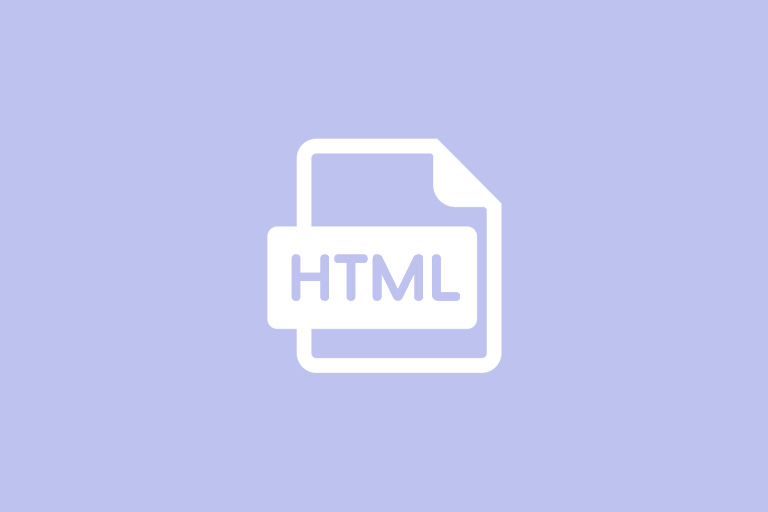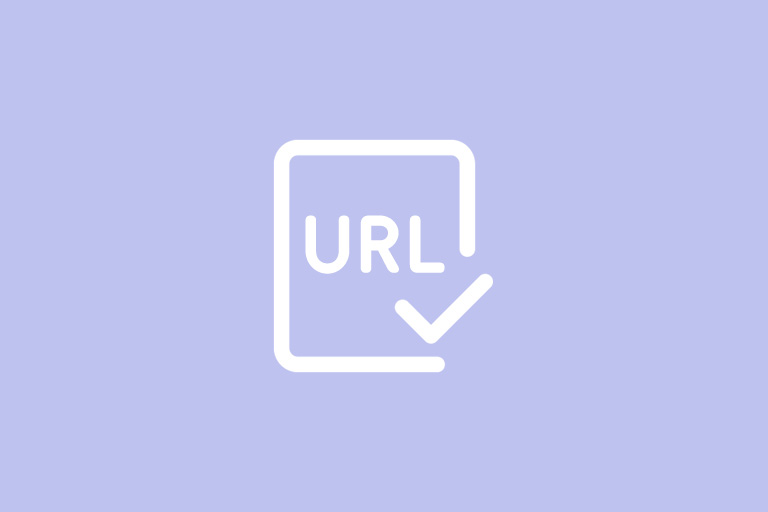Understanding the Impact of Page Load Times on Crawling
Page load times play a crucial role in search engine crawling.
Search engine bots prioritize websites with faster loading times, as they can efficiently
crawl and index content. Slow-loading pages may hinder crawling efficiency, leading to incomplete indexing and potentially lower search engine visibility. Understanding the impact of page load times on crawling underscores the significance of optimizing website performance.
Leveraging Page Speed Insights for Performance Evaluation
Page Speed Insights, offered by Google, provides valuable data on page load times and performance metrics. By using this tool, website owners can evaluate their website's speed and identify opportunities for improvement. Page Speed Insights offers insights into areas such as First Contentful Paint (FCP), Largest Contentful Paint (LCP), and Cumulative Layout Shift (CLS), enabling website owners to pinpoint performance bottlenecks and prioritize optimization efforts.
Optimizing Images and Multimedia Content for Faster Loading
Images and multimedia content can significantly impact page load times. Optimizing images through compression and format selection, as well as implementing lazy loading for multimedia content, can contribute to faster page loading. By reducing the file size of images and deferring the loading of non-essential multimedia elements, website owners can enhance page load times, ultimately improving crawling efficiency and user experience.
Implementing Browser Caching and Content Delivery Networks (CDNs)
Browser
caching and CDNs play a pivotal role in improving page load times. Browser caching enables the temporary storage of website resources on a user's device, reducing the need to re-download content on subsequent visits. CDNs distribute
website content across multiple servers, delivering it from the closest server to the user's location. By leveraging browser caching and CDNs, website owners can reduce server load, minimize latency, and enhance page load times for improved crawling and user experience.
Minimizing Server Response Times and Reducing Redirects
Server response times and redirects can impact page load times. Optimizing server configurations, utilizing efficient hosting solutions, and minimizing redirects can contribute to faster server responses and reduced latency. By addressing these factors, website owners can improve page load times, enabling search engine bots to crawl and index content more efficiently, ultimately contributing to enhanced search engine visibility.
Conclusion: Enhancing Page Load Times for Improved Crawling Results
In conclusion, the evaluation and improvement of page load times are instrumental in enhancing crawling results and search engine visibility. By understanding the impact of page load times on crawling, leveraging performance evaluation tools, optimizing images and multimedia content, implementing browser caching and CDNs, and minimizing server response times and redirects, website owners can enhance website performance, ultimately improving
crawling efficiency and user experience. Emphasizing the significance of page load times, this blog underscores their pivotal role in achieving improved crawling results and search engine visibility.







